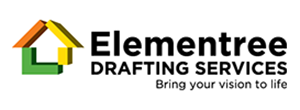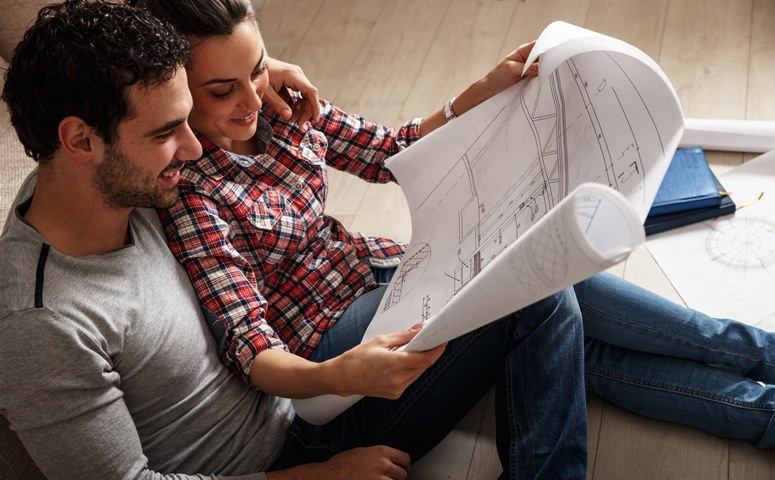Passive Design Concepts to Consider when Designing your Own Home
Passive Design is essentially design that takes full advantage of the climatic conditions that exist in that place, to maintain a very comfortable temperature range inside the home. This reduces/eliminates the requirement for auxiliary heating/cooling, which generally accounts for approximately 40% (or more) of energy usage in an average Australian home. Here are the passive design aspects to consider when designing your own home.
The Right Orientation
There is no doubt about the fact that passive design is important when you consider designing your own home. When you focus on the different passive design principles, based on the climate in the region you live in, it very effectively reduces your cooling and heating bills and greenhouse gas emissions. Passive design uses various natural cooling & heating sources such as cooling breezes and the sun.
This is achieved by ensuring that the building orientation is right and that the building envelope (windows, flooring and walls) has been designed carefully. This minimises unwanted heat loss & gain. Good orientation reduces any requirement for auxiliary heating & cooling. It also improves solar access for solar photovoltaics & hot water. Your home becomes much cheaper to run and a comfortable space to live in.
Shading
Shading the house & outdoor spaces effectively reduces summer temperatures, saves energy and improves comfort. Effective shading includes installing window awnings, eaves, pergolas, shutters & plantings. These features can block upto 90% of the sun’s heat. Since most modern design homes use a lot of glass in the construction, it becomes important to have the right shading to reduce any unwanted heat. In most instances, unprotected glass becomes the greatest source of heat-gain in a home and using the right kind of shading can maximise thermal comfort.
Passive Solar Heating
Passive solar-heating is a very cost-effective way of heating your home. This kind of design keeps out the summer sun even as it lets-in winter sun and ensures that the structure envelope keeps all the heat inside in the colder months & allows the built-up heat to get channelled out in the summer.
Sealing your Home
Air leakage is responsible for 15–25% of heat loss in the winter. Proper sealing is one of the easiest upgrades you can consider to effectively increase your comfort and simultaneously reduce energy bills & greenhouse gas emissions. If you live in extreme climates, sealing becomes much more beneficial.
Insulation
Insulation is like a barrier for heat-flow and is required to keep your home warm in winter & cool in summer. In addition, it helps in soundproofing and weather proofing. A well-designed and well-insulated home provides comfort right through the year and it cuts your heating- bills by upto 50% & reduces greenhouse gas emissions. The kind of climate you live in will determine the type and level of insulation you need and your designer will help you choose between composite, reflective or bulk. The best way to cut insulation costs is to have it installed while your home is under construction.
Thermal Mass
Thermal mass is a material’s ability to absorb & store heat energy. A large amount of heat energy is required to alter the temperature of high-density materials like tiles, concrete and bricks. All these materials have very high heat-storage capacity & have high thermal mass. On the other hand, materials such as timber have very low thermal mass. Using materials with a higher thermal mass across your home, will help save on heating & cooling bills; however, thermal mass has to be used correctly. This will moderate indoor temperatures as it averages the day−night temperature extremes.
Be Well-Informed
In addition to all these considerations, passive homes perform best when the users are active. As a homeowner, you should have a good understanding about how the home functions with the everyday & seasonal climate. As you can see, a lot of planning and detailing goes into building a home and having a very good building designer goes a long way in getting solutions that work for you. For the best home building ideas, call Elementree Drafting Services at 1300 566 873. You can also use this contact form to connect with us.
Thanks for reading,
Elementree Drafting Services
1300 566 873


No Comment